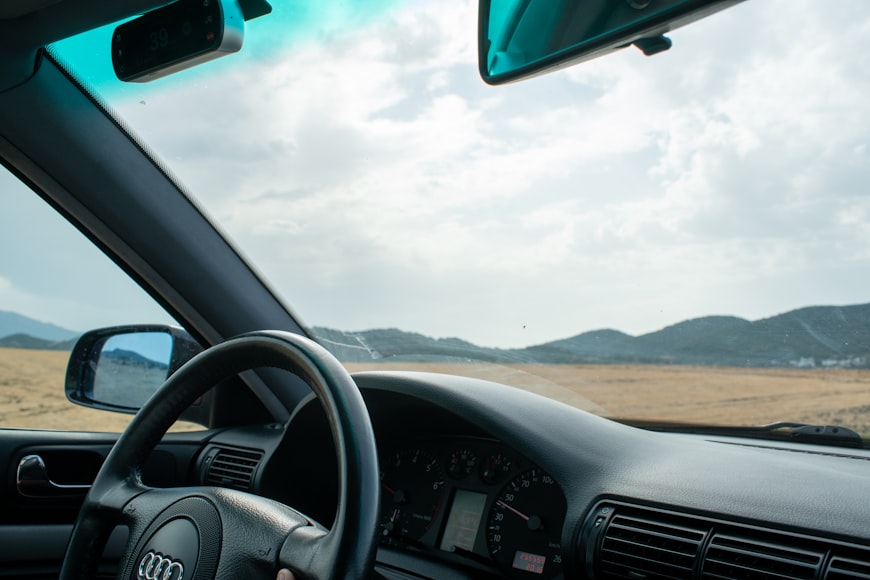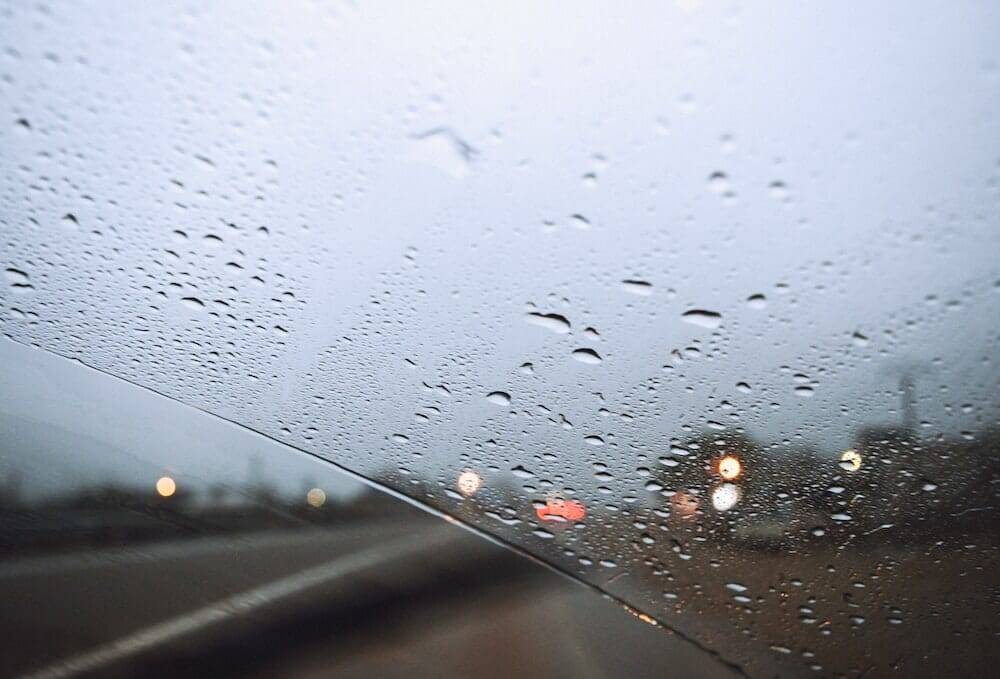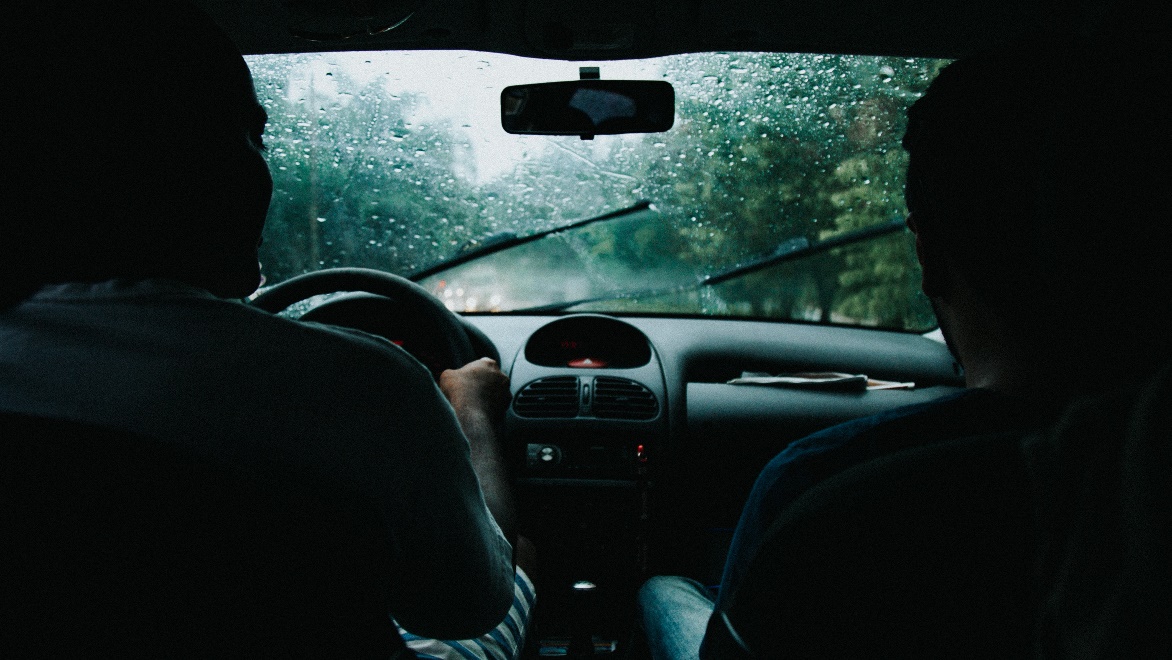Have you ever wondered why a small pebble or debris on the road can cause a crack or chip on your windshield? Windshield damage is a common occurrence that can range from minor chips to extensive cracks. To fully comprehend this phenomenon, it’s important to delve into the science behind windshield cracks and chips. Let’s explore the underlying factors that contribute to their formation.
Impact and Stress Distribution
When a foreign object collides with your windshield, it creates a localized impact. The impact force causes stress to be distributed across the glass surface. The unique composition of automotive glass, typically
laminated safety glass, enables it to withstand this initial impact. The glass consists of two layers with a layer of
polyvinyl butyral (PVB) in between. This sandwich-like structure provides strength and prevents the glass from shattering upon impact.
Tensile and Compressive Forces
Upon impact, the stress on the windshield creates a combination of tensile and compressive forces. The outer layer of glass experiences tensile stress, which stretches the material. Simultaneously, the inner layer experiences compressive stress, which compresses the material. These opposing forces attempt to balance the stress distribution, but the integrity of the glass can be compromised if the impact is significant.
Structural Weak Points
Windshields have inherent weak points, such as existing flaws or manufacturing imperfections. These weak points act as stress concentrators, meaning that stress is more likely to accumulate in these areas. Even a small chip or crack can amplify stress concentration, making the windshield more susceptible to further damage.
Temperature and Environmental Factors
Temperature variations play a significant role in the expansion and contraction of glass. When exposed to extreme temperatures, such as hot summer days or freezing winter conditions, the glass expands or contracts. This expansion and contraction can exacerbate existing cracks or chips, causing them to spread further. Additionally, environmental factors like moisture and humidity can seep into the damaged area, weakening the adhesive properties of the PVB layer and compromising the structural integrity of the windshield.
Vibrations and Road Conditions
While driving, your vehicle is exposed to vibrations and constant movements. These vibrations, coupled with the stresses already present on the windshield, can contribute to the progression of cracks or the enlargement of chips. Bumpy roads and sudden jolts can further intensify the stress on the glass, causing existing damage to worsen.
Human Factors
Human factors, such as improper maintenance, rough handling, or neglecting minor chips or cracks, can also impact the development of windshield damage. Neglecting timely repairs or subjecting the windshield to additional stress (such as slamming doors forcefully) can accelerate the spread of cracks or chips.

If your windshield is cracked, it’s best to get it replaced by professionals before it’s too late. If you’re looking for one in Houston,
AAR Auto Glass is the best option.
We are one of the most trusted auto glass companies in Houston and offer
windshield repair, replacement, auto glass repair, and more. We also offer mobile windshield repair and replacement throughout the city.
Reach out to us now for further details.
 If your windshield is cracked, it’s best to get it replaced by professionals before it’s too late. If you’re looking for one in Houston, AAR Auto Glass is the best option.
We are one of the most trusted auto glass companies in Houston and offer windshield repair, replacement, auto glass repair, and more. We also offer mobile windshield repair and replacement throughout the city.
Reach out to us now for further details.
If your windshield is cracked, it’s best to get it replaced by professionals before it’s too late. If you’re looking for one in Houston, AAR Auto Glass is the best option.
We are one of the most trusted auto glass companies in Houston and offer windshield repair, replacement, auto glass repair, and more. We also offer mobile windshield repair and replacement throughout the city.
Reach out to us now for further details. 





